Responding at the National Assembly on the afternoon of November 12 about the draft Law on Civil Aviation of Vietnam (amended), Minister of Construction Tran Hong Minh said that from now until 2030, Vietnam will have 32 airports meeting 4E standards or higher, an increase of 10 airports compared to the present, and by 2050 there will be 34 airports meeting this standard.
According to the standards of the International Civil Aviation Organization (ICAO), a 4E airport is an airport with a required runway length of 1,800m or more, qualified for long-haul flights, capable of receiving aircraft with a wingspan of 52m to less than 65m; the distance between the centers of the two outer wheel tracks of the main landing gear is from 9m to less than 14m.
The Minister of Construction said that the planned locations of the ports must comply with international regulations and ensure airport standards of 4E or higher, with a minimum runway length of 1,350 to 1,800 meters.
Large budget, need to mobilize socialization

Minister Tran Hong Minh at the parliament on the afternoon of November 12. (Photo: National Assembly Media)
Regarding opinions on airport planning, the Minister said that Vietnam currently has 22 airports formed and developed through many stages, most of which were converted from military airports into civil airports, some of which serve international services.
The North has 7 ports, of which 3 meet international standards; the Central has 7 ports, of which 3 can operate internationally but only allow small aircraft. The South has 8 ports, of which 4 meet international standards.
Regarding the planning for the period 2021 - 2030, with a vision to 2050, Mr. Tran Hong Minh said that the Ministry of Construction has closely coordinated with ministries and branches to develop a national airport system plan. However, in order to promptly develop the country, timely adjustments and supplements to the aviation development plan are very necessary.
"Currently, according to the calculation of the Civil Aviation Authority, the total resources for the airport system by the end of 2025 are about 4,120 billion VND, and for the period 2025 - 2030 about 5,712 billion VND, mainly serving the upgrading, maintenance and repair of existing ports.
Furthermore, of the 22 airports in the country, only 3-4 airports meet the 4F standard according to international standards; the majority of the rest are only at the 4C level. Therefore, the runways and runways at many airports still do not meet the operational requirements of international airlines," said the Minister.
Regarding construction investment, he said that because our starting point was low and we had gone through many difficult periods, funding was the biggest problem and we needed to mobilize social resources.
Implementing Resolution No. 68 of the Politburo on private economic development, in recent times, many aviation projects have mobilized social resources such as Gia Binh Airport or Phu Quoc Airport, which were invested according to international standards, to serve the APEC Conference and major foreign affairs activities.
Why only 65% of flights are on time
Regarding the carrier's responsibility in case of flight delays and cancellations, Mr. Tran Hong Minh said that according to statistics in the first 10 months of 2025, Vietnamese airlines operated about 480,000 flights, transporting 47 million passengers, higher than the same period last year. However, the rate of on-time flights was only 65%, down 9 percentage points.
According to the Minister, the causes are both subjective and objective, such as weather, lack of aircraft, disruption of supply chains, limited airport infrastructure, high operating density, etc.
"Airlines do not want this situation because they themselves are worried about fuel costs when flying high in the sky. The draft law stipulates more clearly the responsibilities of the parties to minimize delays and cancellations when the infrastructure system is invested in more completely in the near future," said the Minister of Construction.
Regarding specialized fees and mechanisms for aviation authorities, currently, according to the requirements of the International Civil Aviation Organization (ICAO) in the Chicago Convention, each member country must have an independent aviation authority with sufficient authority and resources to carry out aviation safety and security supervision.
However, in reality, the fee collection from aviation activities still has to be paid entirely to the State budget, which does not ensure autonomy for aviation authorities, does not ensure timely international negotiations, expansion of flight network and effective exploitation of national resources.
This also causes delays in investment and development of science and technology to serve the national aviation safety and security program according to ICAO standards; and does not guarantee funding for training, coaching, fostering, and rewarding the team of aviation safety supervisors - a high-quality human resource that plays a particularly important role.
Therefore, according to the Minister, it is necessary to stipulate that the Vietnamese aviation authorities and aviation security authorities can retain a portion of the fee revenue to support civil servants, improve the quality of human resources, promote international cooperation, invest in infrastructure development, and technology to serve aviation safety and security. The drafting agency proposed to include this content in the draft law.
In addition, in Conclusion No. 83 dated June 21, 2024, the Politburo assigned the Government Party Committee to direct relevant ministries, branches and agencies to continue reviewing the entire legal framework to submit to competent authorities for consideration and decision on amending or abolishing specific financial and income mechanisms to suit the new situation.
On that basis, the drafting agency will coordinate with relevant agencies to report and seek opinions from competent authorities on the content of monthly support for functional forces in the aviation sector.
Specifying the management of unmanned aircraft
Clarifying opinions on low-altitude air transport, Minister of Construction Tran Hong Minh said that the application of drones and other flying vehicles is becoming more and more popular, opening up many new economic activities in fields such as transportation, tourism, agriculture, media, entertainment, especially in topographic surveying.
However, this is an area in which most developed countries are still in the experimental and research phase with very strict management and monitoring mechanisms and policies, closely linked to security and defense requirements.
This draft Law only lays the legal foundation for the formation and development of low-altitude aviation economy, creating a basis for the Government to issue specific regulations during the implementation process, in accordance with the requirements of socio-economic development and ensuring aviation security and safety.
Emphasizing that safety and security management is the top requirement, the Minister said: "Only when all aircraft are fully managed, from their purpose of use, itinerary to the type of goods or passengers carried, can we ensure the safety of aviation operations as well as national security."
In the coming time, the Ministry of Construction will closely coordinate with the Ministry of National Defense, the Ministry of Public Security and the Government to specify and detail regulations related to low-altitude aviation activities.
Avoid spreading airport investment
Previously, in the discussion at the hall, delegate Pham Van Hoa (Dong Thap delegation) expressed his interest in airport planning and said that this is a very important issue. Currently, the country has 34 provinces and cities; some provinces/cities have two airports, partly due to historical factors.
According to him, it is necessary to calculate and adjust planning appropriately to ensure effective exploitation and avoid spreading and wasting resources.

Delegate Pham Van Hoa. (Photo: National Assembly Media)
Delegates emphasized that we should focus on investing in upgrading and expanding airports with favorable locations and potential for tourism and service development to increase the ability to attract international visitors; avoid scattered and fragmented investment and planning leading to inefficiency.
In the process of establishing and adjusting airport planning, it is necessary to carefully consider and prioritize resources for densely populated areas and economic-tourism centers; limit the opening of new airports in localities where there is no real need, ensuring investment efficiency and sustainable development of the national airport network.
Also interested in airport planning and investment, delegate Thach Phuoc Binh highly agreed with the policy of socializing investment in aviation infrastructure. However, to ensure efficiency and transparency, it is necessary to review and adjust airport planning periodically every 5 years or when there are major changes.

Delegate Thach Phuoc Binh. (Photo: National Assembly Media)
In addition, according to him, it is necessary to build a special public-private partnership mechanism for large airports that are both civil and defense in nature such as Long Thanh and Tan Son Nhat airports to clearly define responsibilities, rights and coordination mechanisms between the state and investors.
At the same time, it is necessary to simplify procedures for valuation and transfer of public assets, increase independent audits, information disclosure and accountability to avoid overlap and conflicts of interest in the process of investing and exploiting aviation infrastructure.
PHAM DUY
Source: https://vtcnews.vn/by-2030-viet-nam-will-have-32-airports-meeting-standard-4e-tro-len-ar986833.html




![[Photo] Deep sea sand deposits, ancient wooden ship An Bang faces the risk of being buried again](https://vphoto.vietnam.vn/thumb/1200x675/vietnam/resource/IMAGE/2025/11/13/1763033175715_ndo_br_thuyen-1-jpg.webp)



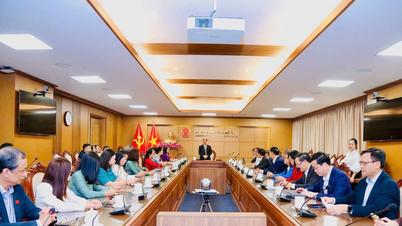

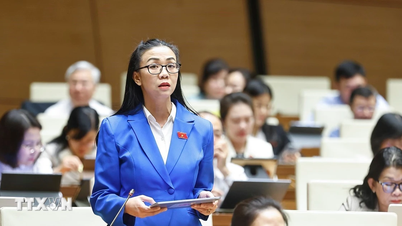

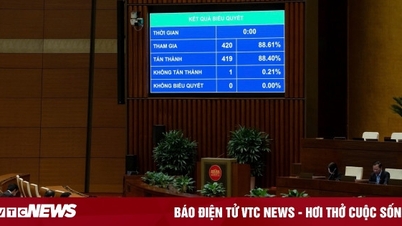

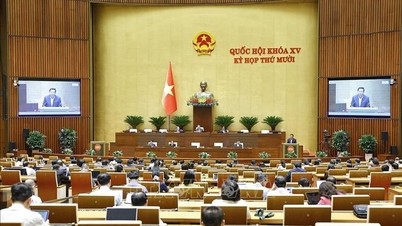









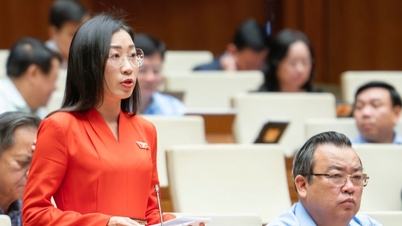








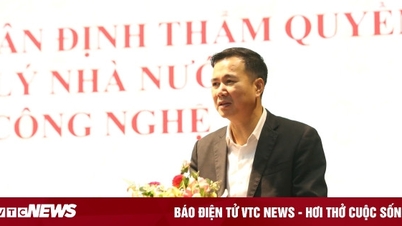
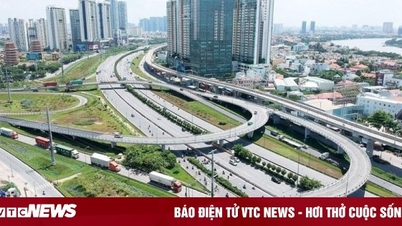


![[Photo] General Secretary To Lam visits Long Thanh International Airport Project](https://vphoto.vietnam.vn/thumb/1200x675/vietnam/resource/IMAGE/2025/11/13/1763008564398_vna-potal-tong-bi-thu-to-lam-tham-du-an-cang-hang-khong-quoc-te-long-thanh-8404600-1261-jpg.webp)



































![[Photo] Panorama of the 2nd Vietnam-Cambodia Border Defense Friendship Exchange](https://vphoto.vietnam.vn/thumb/402x226/vietnam/resource/IMAGE/2025/11/13/1763033233033_image.jpeg)
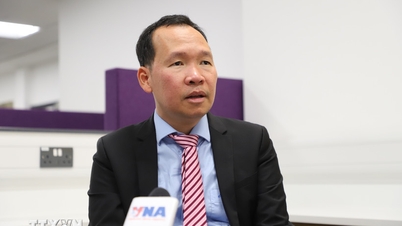


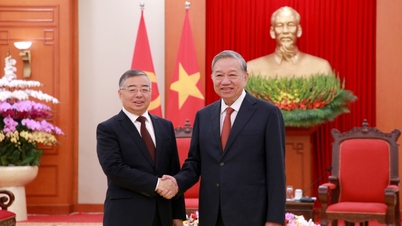





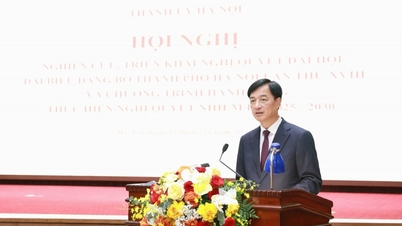
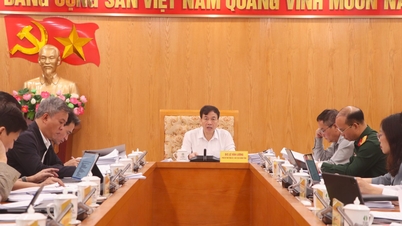


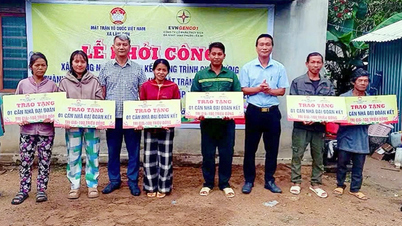

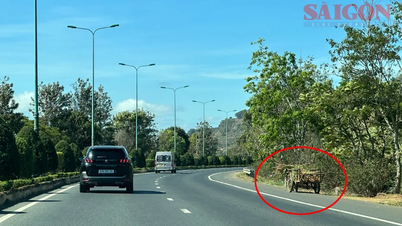

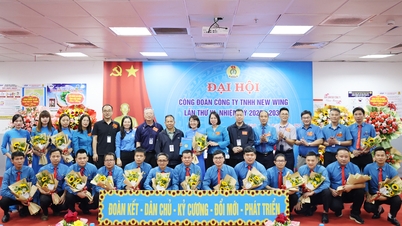






![Dong Nai OCOP transition: [Article 3] Linking tourism with OCOP product consumption](https://vphoto.vietnam.vn/thumb/402x226/vietnam/resource/IMAGE/2025/11/10/1762739199309_1324-2740-7_n-162543_981.jpeg)







Comment (0)